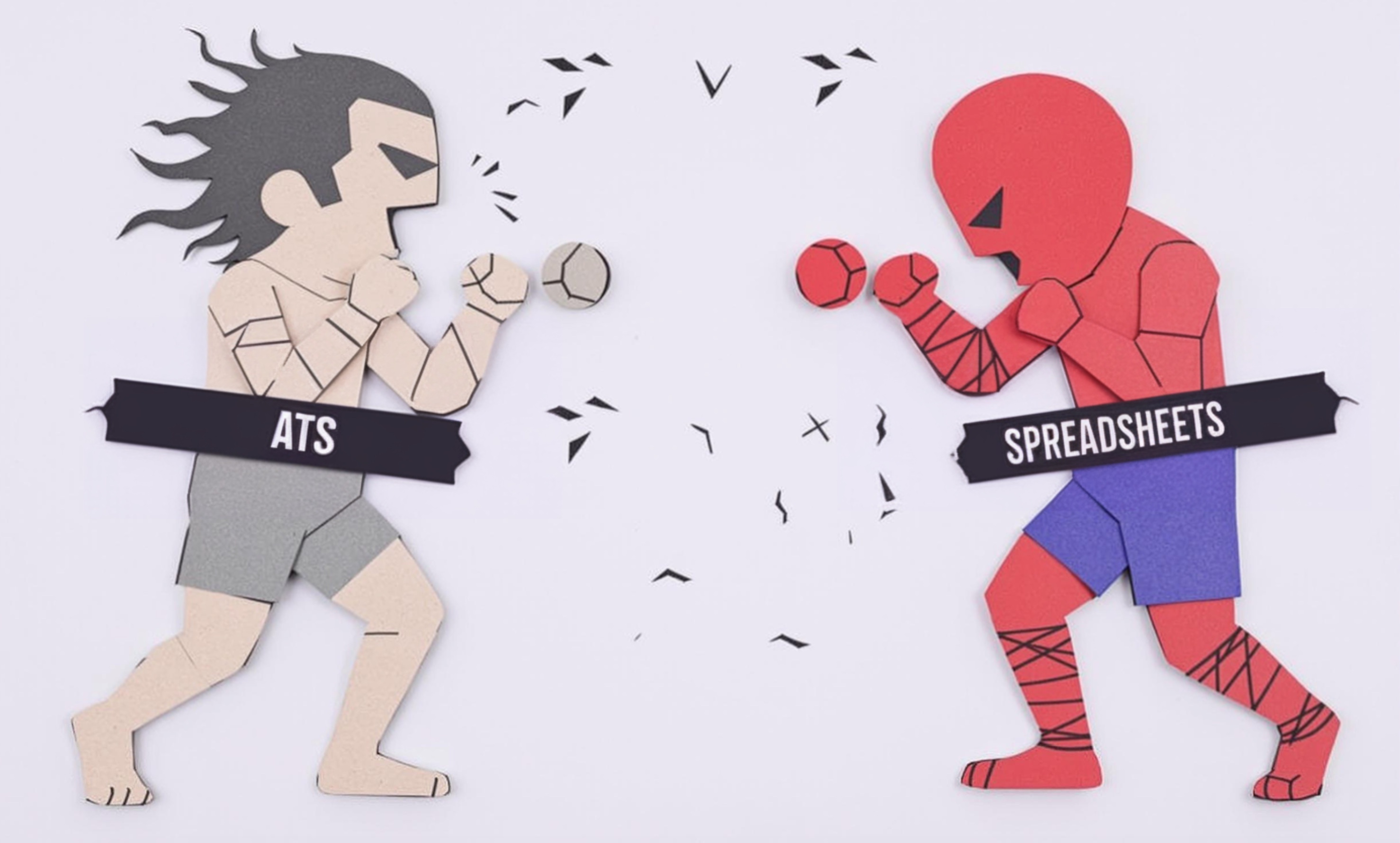
Blood Rigs
Blood rigs are special equipment used in film and television to create realistic-looking injury effects safely. These are mechanical or pressurized systems that release fake blood at specific moments during stunts or action sequences. Think of them like hidden devices that help make movie injuries look real without actually hurting anyone. They're part of the broader special effects toolkit, working alongside other practical effects to create convincing action scenes. Sometimes called "squibs" or "blood effect systems," these tools are essential for any production involving action sequences with injuries.
Examples in Resumes
Designed and operated Blood Rigs for major action sequences in feature films
Supervised safety protocols for Blood Rig effects in high-intensity combat scenes
Created custom Blood Rigs and Squib Systems for theatrical productions
Typical job title: "Special Effects Technicians"
Also try searching for:
Where to Find Special Effects Technicians
Industry Organizations
Professional Networks
Job Resources
Example Interview Questions
Senior Level Questions
Q: How do you approach safety management when designing complex blood rig sequences?
Expected Answer: Should discuss comprehensive safety protocols, risk assessment, crew coordination, and emergency procedures. Should mention experience with different types of systems and materials, plus coordination with stunt teams.
Q: Tell me about a challenging blood rig effect you designed and how you solved any problems that came up.
Expected Answer: Should demonstrate problem-solving abilities, experience with complex setups, budget management, and ability to adapt to production requirements while maintaining safety standards.
Mid Level Questions
Q: What factors do you consider when selecting materials for blood rigs?
Expected Answer: Should discuss different types of fake blood formulas, pressure systems, clothing considerations, and how to choose the right combination for specific effects while considering cleanup and safety.
Q: How do you coordinate with other departments when setting up blood effects?
Expected Answer: Should explain communication with costume, makeup, stunts, and camera departments, timing coordination, and how to manage multiple takes efficiently.
Junior Level Questions
Q: What are the basic components of a simple blood rig?
Expected Answer: Should be able to explain basic equipment like tubes, pumps, triggers, and blood formulas, demonstrating understanding of fundamental safety procedures.
Q: How do you clean up after blood effects?
Expected Answer: Should know proper cleaning procedures, materials used, and how to protect costumes and set pieces, plus basic maintenance of equipment.
Experience Level Indicators
Junior (0-2 years)
- Basic blood rig setup and operation
- Understanding of safety protocols
- Equipment maintenance
- Simple effect execution
Mid (2-5 years)
- Complex rig design
- Multiple effect coordination
- Department coordination
- Budget management
Senior (5+ years)
- Advanced effect design
- Safety supervision
- Team leadership
- Problem-solving complex effects
Red Flags to Watch For
- Lack of safety consciousness or protocols
- No experience with proper cleanup procedures
- Unable to explain basic blood rig components
- No knowledge of different blood formula types
- Poor communication skills with other departments
Related Terms
Need more hiring wisdom? Check these out...

Cutting HR Costs Without Sacrificing Quality: A How-To for Savvy Executives

Global Compliance Checks: The Hidden Puzzle Pieces of Background Screening Revealed

Why Your Hiring Spreadsheets Are Secretly Sabotaging Your Recruitment

